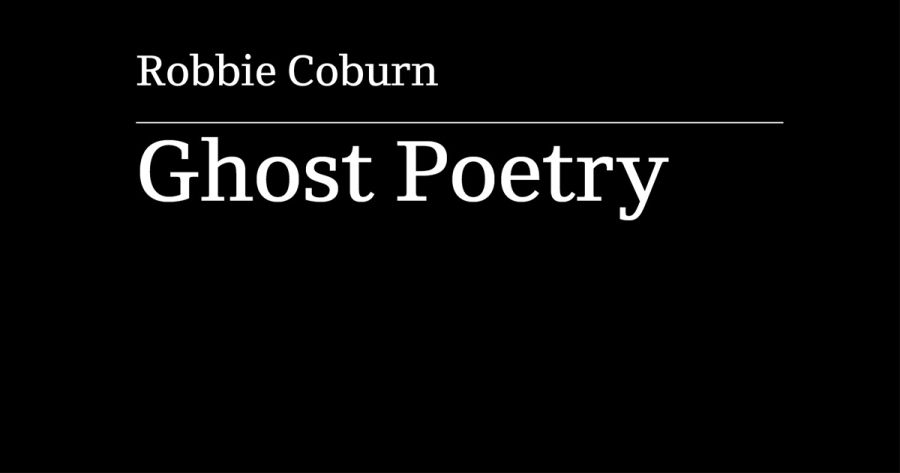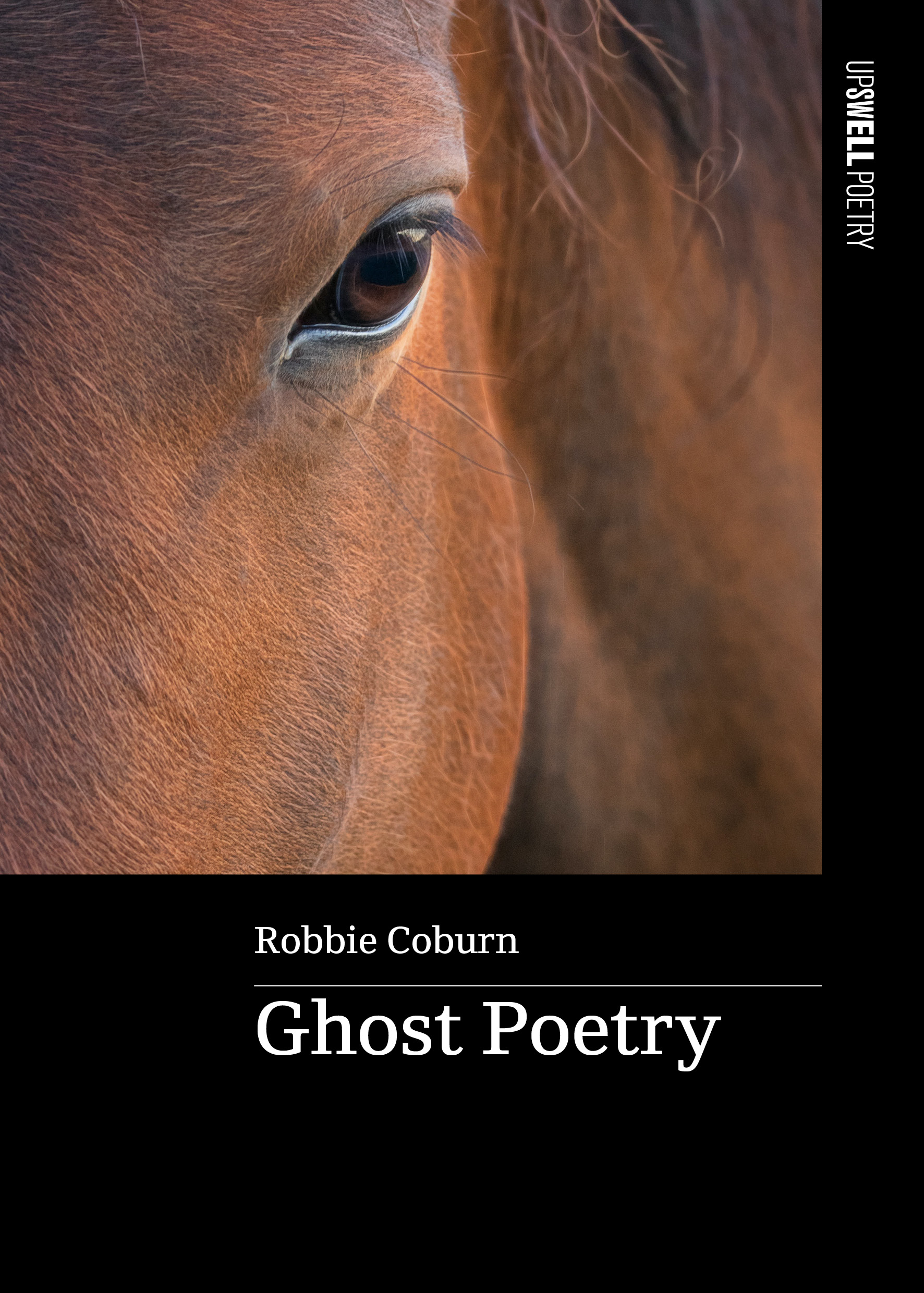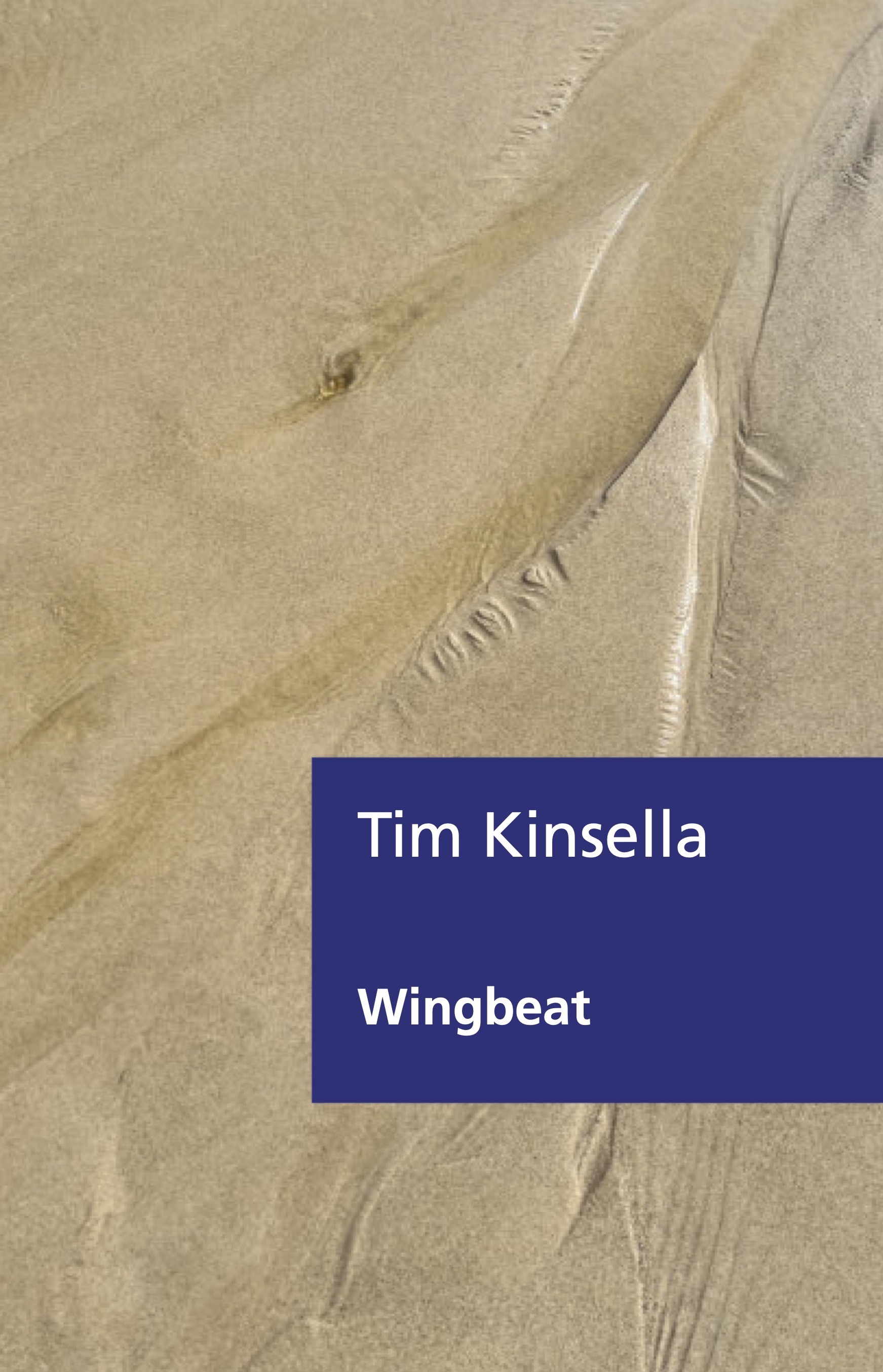
- Free Article: No
- Contents Category: Poetry
- Review Article: Yes
- Article Title: Another kind of dream
- Article Subtitle: Two new poetry collections
- Online Only: Yes
- Custom Highlight Text:
Grief, depression, and trauma do terrible things to the human body and spirit. The brain rebels callously against its vessel, leaving the wounded mind to wallow in the deepest pits of despair, perpetually refreshing pain and obsessively seeking out the recesses of scarred memories.
- Book 1 Title: Ghost Poetry
- Book 1 Biblio: Upswell, $24.99pb, 89 pp
- Book 1 Cover Small (400 x 600):

- Book 1 Cover (800 x 1200):

- Book 1 Readings Link: https://www.readings.com.au/product/9780645536898/ghost-poetry--2024--9780645536898
- Book 2 Title: Wingbeat
- Book 2 Biblio: WA Poets Publishing, $30 pb, 87 pp
- Book 2 Cover Small (400 x 600):

- Book 2 Cover (800 x 1200):

Ghost Poetry is fundamentally about the means with which a person tries to deal with the emotions of depression and regret: addiction, self-harm, isolation, escape. A book of wounds and gore, it explores the desolate drama of relived trauma. As such, the speaker, after the lacerations of the opening section, ‘Blood Ritual’ – marked by knives and the fragile, dangerous, sharp, reflective symbol of broken glass – retires to a nightmarish horse farm of branding, bones, rain, and rodeos in the second section, ‘Wreck’. Finding little peace there, the speaker comes to ultimately reflect on their helpless yearning for love or wholeness in the final group of poems, ‘Straw Horses’, where it is ‘too late / to walk home and try again’; a body can only once again be ‘cradled … in a dream’. The presence of horses – a creature paradoxically representing both freedom and captivity – prompts the reader to consider whether the speaker, like their equine counterparts, can ever truly be free of sadness and memories. They are ‘straw horses’, indeed.
Throughout, Coburn’s writing is marked by a bluntness. It is frank, unflinching, and unadorned. Lineation is mostly short, building through nightmarish logic and imagery to show the speaker’s hurt. As he writes in the aptly named, ‘Poetry’, the final poem in ‘Blood Ritual’: ‘you can only write your own death / so many times before / you begin to plan for its arrival’. Such expression presents as raw, even melodramatic. However, there is no talking around or embellishing the kinds of emotions the speaker of Ghost Poetry is going through. They are ugly, sad, and sharp-edged.
Still, there is something of a dilemma in the act of writing about self-harm and suicide. There is a fine line between catharsis and gratuitousness. One poem, after all, is a ‘Love Poem to a Razorblade’. That said, Ghost Poetry is not insincere in expressing the pain of its speaker. There is obvious weight and significance to this ongoing, albeit distressing motif. However, as a secondary school teacher, I do worry about the influence poetry like this could have on a vulnerable mind. I suppose it comes back to the question of how much the writer owes to the reader. Can they always trust these figures to interpret the message clearly?
Tim Kinsella’s Wingbeat (2024) is an entirely different work. Although there is some overlap in how the poets attempt to contain nature in their books, there is a schism in their method. To Coburn, nature is in need of taming, like the horses he works with. To Kinsella, nature is meditative – a source of art. Indeed, Wingbeat is a book that sits comfortably at the intersection between nature and art, interrogating whether the purposeful construction of art can ever measure up to the chance beauty of the environment and its creatures. It is the contrast between, and equal intrigue in, the ‘magnificence of trees’ and ‘the stench of graffiti’.
Birds, then, in their variety and grace occupy a central concern of Kinsella’s book. Their colour, plumage, and behaviour represent the poet’s impossible desire to contain and depict the world; a world that is never still, always changing its feathers, so to speak. A series of photographs of various birds taken by Kinsella’s grandmother prompt the poet to try and write them into an existence as tangible as their image: ‘Re-printed curvature, / subtly curved beak, sharp yellow, / hooked on a hidden medium.’ Nonetheless, the poet knows these snapshots to be a ‘mirage of plumage’, seen best through a hopeful ‘lens of optimism’.
The challenge of mimesis in writing, especially in capturing nature’s variability, often leads Kinsella to adopt a dreamlike fugue, where lines slip against each other in surreal logic and patterns. Birds, here, are ‘unable to break free from bitumen infection’, while ‘bullets’ become ‘parasitic’. The coupling of opposites – the conjunction of two more or less distant realities in André Breton’s famed reckoning – craft imagery that shows the kinds of overlap that Kinsella explores incessantly throughout his book, where art that tries to capture nature becomes tinged by the human hands of its production.
Ultimately, the experiments in form throughout Wingbeat firmly demonstrate Kinsella’s urge to put structure on something formless and hold it within the poem. The villanelle of ‘Brutality Exhibition 2’ seems to examine the challenge faced by any art that attempts to illustrate the damage done to nature; its refrains cursing performative ‘act[s] of contrition’ and bemoaning that whatever they are seeing ‘is no Howard Taylor exhibition.’ ‘Coondle Valley Reserve,’ also a villanelle, casts a similarly hopeless tone in repeatedly reciting that ‘there is no path through a valley of death’. The pantoum of ‘The Wheatbins’ attempts to communicate the ‘poetic quality in this landscape’ by framing nature in a contrived form, rendering the silo paintings in the poem as ‘sketches of psychedelia, illusions of the land’s vastness.’ They may be dressed up to fit their surroundings, adorned in images of Australia’s natural world, but they are inevitably another kind of dream, placed into the specific shape of the poem.


Comments powered by CComment